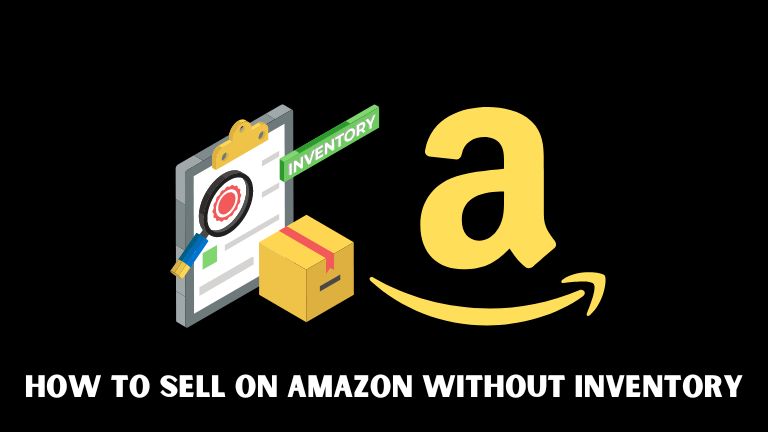Selling on Amazon can be a lucrative business, but it often requires a significant investment in inventory. However, there are ways to sell on Amazon without holding inventory, allowing you to avoid the upfront costs and risks associated with traditional inventory-based businesses. In this article, we will cover everything you need to know about how to sell on Amazon without inventory.
Learn how to sell on Amazon without inventory using the dropshipping business model. This comprehensive guide covers everything from finding a reliable supplier to managing customer service and returns. Start your Amazon business with minimal upfront costs and risks today.
How to Sell on Amazon Without Inventory
One of the most popular ways to sell on Amazon without inventory is through a business model called dropshipping. With drop shipping, you partner with a supplier who holds the inventory and ships the products directly to the customer when an order is placed. You do not have to purchase or hold any inventory yourself, which significantly reduces your upfront costs and risks.
Finding a Dropshipping Supplier
Finding a reliable dropshipping supplier is crucial to your success in selling on Amazon without inventory. You can find dropshipping suppliers through online directories, such as SaleHoo, Worldwide Brands, or Oberlo, or through marketplaces like AliExpress or Alibaba. It’s important to research and vet potential suppliers thoroughly before partnering with them to ensure they can deliver quality products and reliable shipping.
Choosing Products to Sell
Once you have found a dropshipping supplier, you will need to choose the products you want to sell on Amazon. It’s essential to research the market demand and competition for the products you are interested in selling. Use Amazon’s search bar to see how many sellers are offering similar products and what their prices are. You may also want to use tools like Jungle Scout or Helium 10 to help you with your product research.
Creating an Amazon Seller Account
To sell on Amazon, you need to create a seller account. There are two types of Amazon seller accounts: Individual and Professional. An individual account is free but has limited selling features, while a professional account costs $39.99 per month but offers advanced selling features like access to Amazon’s advertising tools. You can sign up for a seller account on Amazon’s website.
Listing Your Products on Amazon
Once you have your products and your Amazon seller account, you can start listing your products on Amazon. It’s important to optimize your product listings for Amazon’s search algorithm by including relevant keywords, high-quality images, and detailed product descriptions. You may also want to consider using Amazon’s advertising tools, such as Sponsored Products or Sponsored Brands, to increase the visibility of your products.
Managing Customer Service and Returns
As a drop-shipper, you are responsible for managing customer service and returns. You should have a plan in place for handling customer inquiries and complaints, as well as a process for handling returns and refunds. It’s important to communicate clearly with your customers about shipping times and any potential delays or issues with their orders.
Scaling Your Amazon Business
Once you have established a successful dropshipping business on Amazon, you can start thinking about scaling your business. You may want to consider expanding your product offerings, optimizing your listings for higher conversions, or even creating your brand. It’s essential to continue researching the market and adapting your business to stay ahead of the competition.
Conclusion
Selling on Amazon without inventory through dropshipping is a viable and profitable business model. By partnering with a reliable dropshipping supplier and conducting thorough market research, you can build a successful business on Amazon with minimal upfront costs and risks. However, it’s important to manage customer service and returns carefully and continue to adapt your business to stay ahead of the competition.
